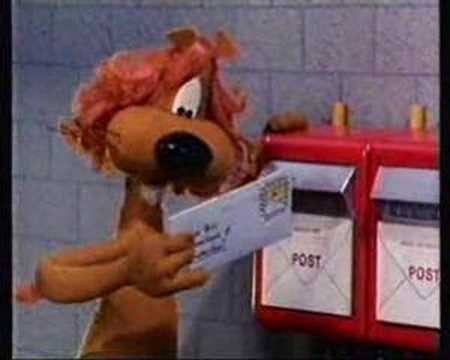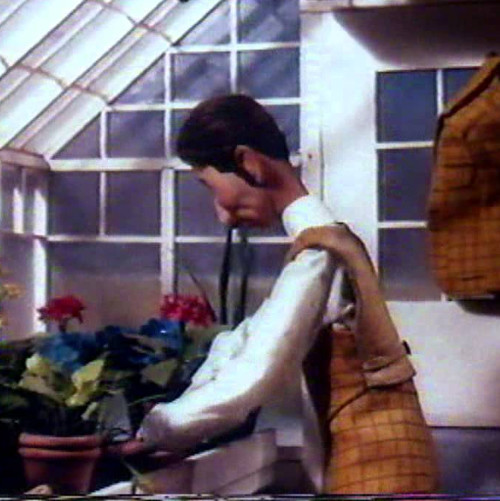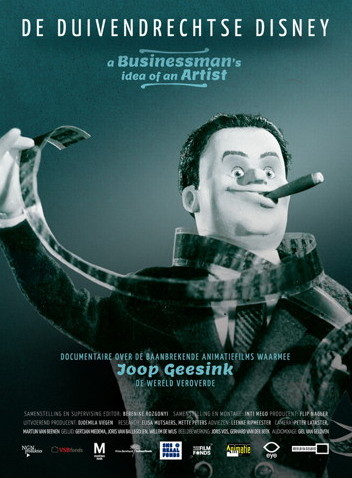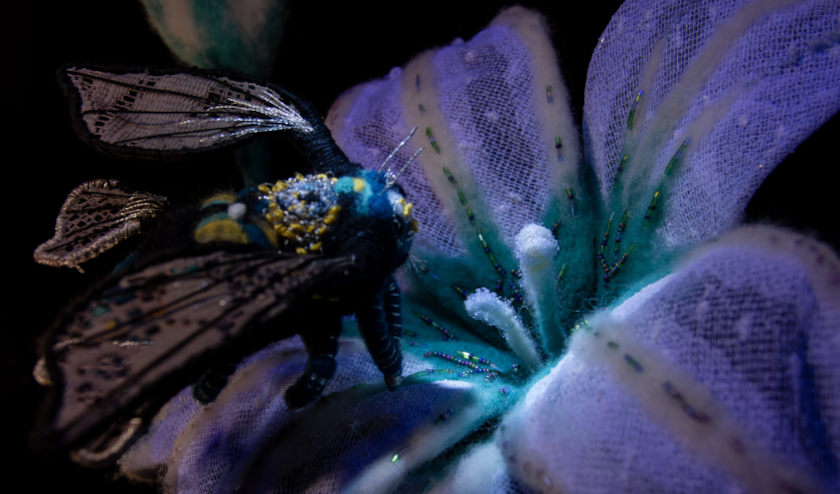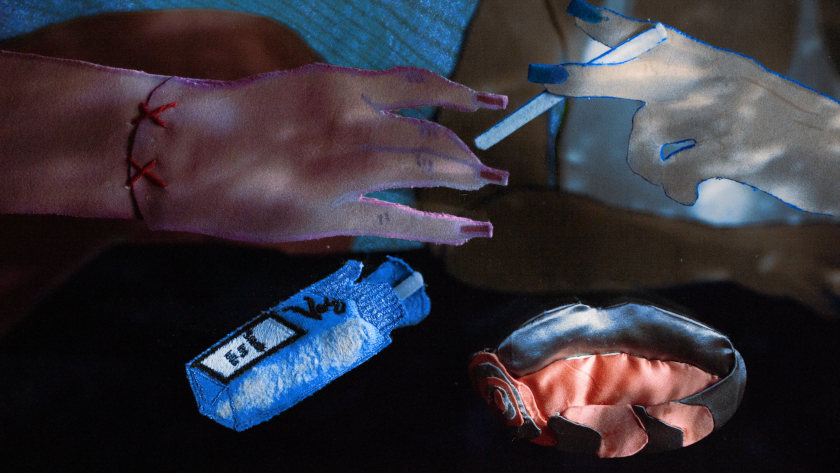A Lion in Stop-Motion: The Disney of Duivendrecht
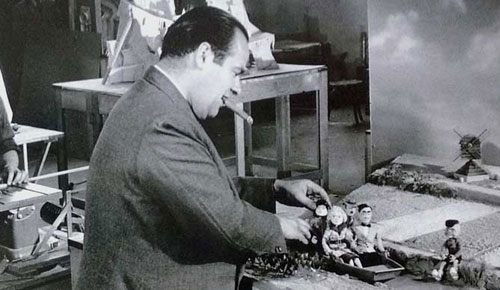
The history of animation resembles an archaelogical site that needs its workers to start excavation. The latest chapter is the 2012 documentary by NGN Produkties (no directors' credits), The Disney of Duivendrecht: The Businessman's Idea of An Artist.
Inspired by Walt Disney and his burgeoning oeuvre, the Duivendrecht (North Holland) set designer and later stop-motion animator Joop Geesink (1913-84) seems to have stayed close to his idol at least in spirit, if not in popularity.
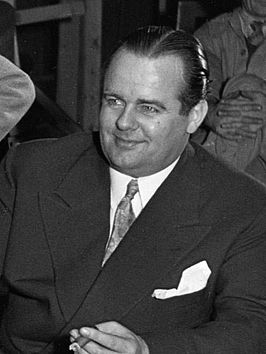 From his designing façade in the Dutch cinema that played Snow White and the Seven Dwarfts to his dreams of a Dutch Disneyland (dubbed as Holland Promenade), Geesink seemed to share with his idol both the sense of entrepreneurship and the technical and artistic skills (substituting cels with puppets).
From his designing façade in the Dutch cinema that played Snow White and the Seven Dwarfts to his dreams of a Dutch Disneyland (dubbed as Holland Promenade), Geesink seemed to share with his idol both the sense of entrepreneurship and the technical and artistic skills (substituting cels with puppets).
Instead of doing short or feature films, Geesink used his talents (among them a talent to find talented crew, including Albert van Beek, Bert Kroon, Hans Olivier, and Børge Ring) to build his own Dollywood, and get lucrative deals with companies such as Philips, Bayer and Coca-Cola.
His productive period stretches almost 4 decades, and a numerous of advertising films, excerpts of which are appropriately included in the NGN documentary (one of the most beautiful being Piccolo, Saxo and Company (1958).
Geesink's world seems to represent the progress and the betterment of the human kind, which, however, needs a severe boost to face its own hurdles. Colombo's crew goes on strike in The Discovery of America (1959), and a case of jealousy needs to be appeased in Warm Friends (1958).
His puppets are slick (their heads are wooden, and copper wire is supplied to bulid their skeleton), and their more colorful versions bring to mind the British marionettes of the 60s, Captain Scarlet.
Yet, make no mistake, these are real stop-motion puppets, as Geesink himself proudly illustrates to a group of curious children via a 1960 archival footage.
Børge Ring describes Geesink as a jovial man full of ideas, and the film is keen to materialize on the notion.
With a rather imposing physique, the Dutch animator seems to have attracted clients from all over the world for his various projects, before finally landing to his signature Loeki de Leeuw, an animated lion which appeared at the beginning and ending of all of STER's commercials from 1972 until 2004.
No much drama is allowed in the documentary, but there seems to be a tension between rival studios (Toonders here), and the inevitable dilemma of how to regulate success and economic expansion without sacrificing artistry.
Fortunately, The Disney of Duivendrecht is not another rags-to-riches story, and its dimension of advertising puts a more pragmatic character. We do learn a lot about Geesink the businessman (and less about Geesink the artist). This 60-minute documentary, though, needs to be seen by everyone who thinks that advertising needed the computer revolution to get off the ground.
Things were done differently in the 50s and 60s, but still competently.
Vassilis Kroustallis
